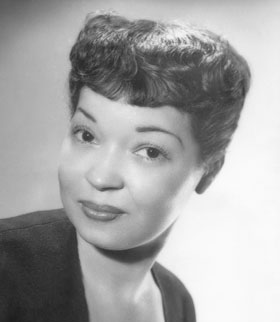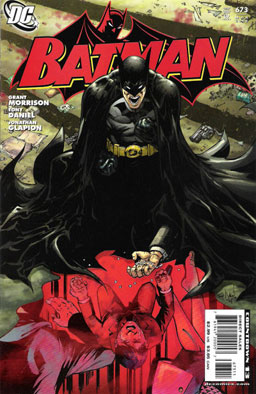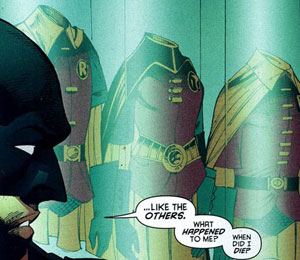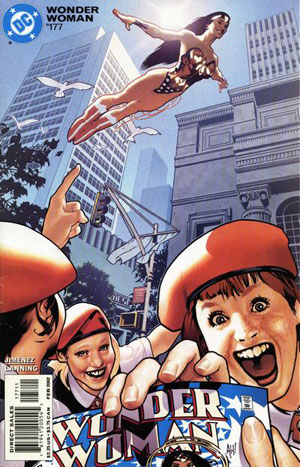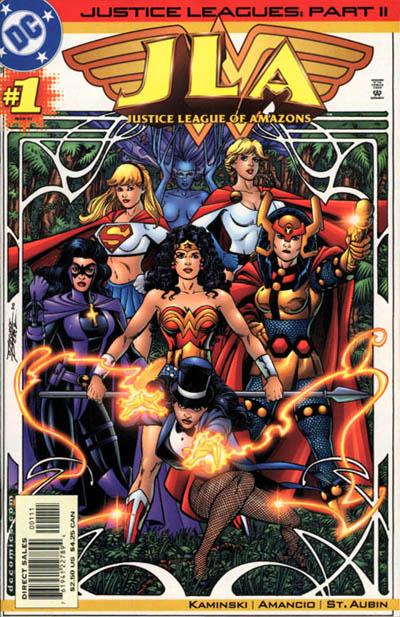Comics in Color
Here’s something for you comic historians out there: Jackie Ormes, the first African-American woman cartoonist.
Nancy Goldstein’s Jackie Ormes: The First African American Woman Cartoonist is a scholarly yet highly readable account of Ormes’ life and work. Born Zelda Mavin Jackson to a well-to-do family in Pittsburgh, Ormes, in Torchy Brown comics and the single-panel Patty-Jo ‘n’ Ginger, created stylish black female characters who scrutinized Cold War policies, advocated for civil rights, and poked fun at human foibles. Her drawings found a grateful audience in black-owned newspapers such as the Pittsburgh Courier.Author and doll collector Goldstein discovered Ormes’ story while researching the Patty-Jo doll Ormes designed. It was the first high-quality dark-skinned doll for girls, meant to replace stereotyped mammy dolls. A treasure-trove for any reader interested in African American history or American popular culture, Jackie Ormes includes more than 125 of Ormes’ cartoons and color comics, reproduced for the first time since their debut. Many are annotated with explanations of current events.
In 1948, little Patty-Jo urged, “How’s about gettin’ our rich Uncle Sam to put good public schools all over?†Her high-heeled big sister holds a pamphlet for the newly begun Negro College Fund. Way ahead of its time for showing how pollution unequally affects minorities, in 1954, Torchy in Heartbeats depicts a handsome black doctor who saves a black community from environmental poisoning masterminded by a bigoted industrialist. Naturally, Torchy, a nurse, falls in love with the doctor.
The book captures the sophisticated whirl of Ormes’ social life, with photos of Ormes rubbing elbows with Eartha Kitt and Duke Ellington. Her life wasn’t without tragedy: her only child, a little girl, died at age three, and the FBI investigated her. Yet her talent, supportive husband, and convictions assured her successes.
Ormes never seems to get much publicity, partly because she didn’t draw superhero comics, partly because, let’s face it, she got a double dose of marginalization because of her gender and her skin color. That’s starting to change, thanks in part to Goldstein’s book and the Ormes Society website. And here are some other good resources about Ormes’ life and artwork.
Comments off

